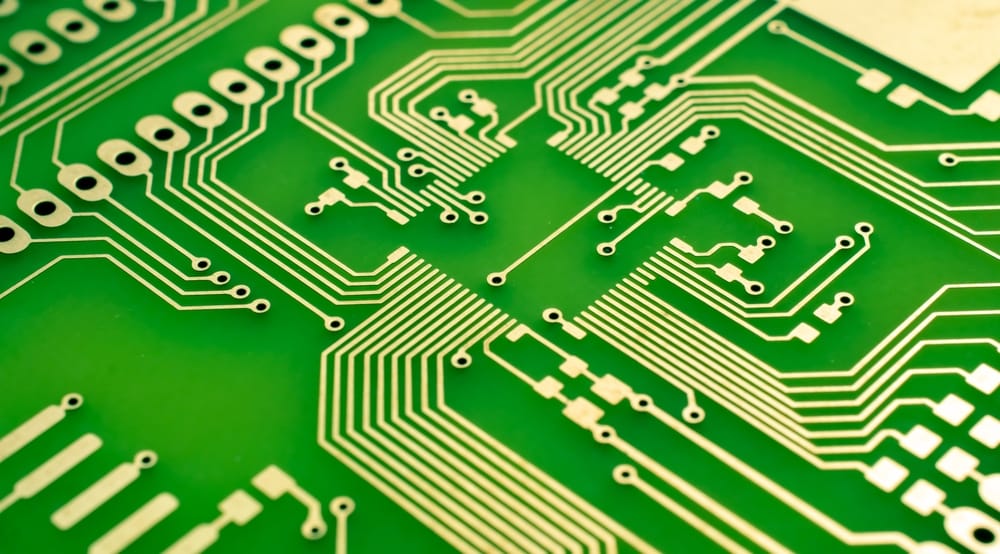PCB
PCB
Blog Article

Designing with Rigid-Flex PCBs: A Guide to Maximizing Innovation
Rigid-Flex PCBs have revolutionized the world of electronics by offering a versatile and efficient solution for complex and space-constrained applications. These hybrid PCBs, combining the best of both rigid and flexible PCBs, enable designers to create innovative and compact electronic devices with reduced assembly complexity. In this article, we will explore the design considerations and best practices for harnessing the full potential of Rigid-Flex PCBs. Visit PCB flex rigid to learn more.
Understanding Rigid-Flex PCBs
Before delving into the design process, it's essential to grasp the fundamental characteristics of Rigid-Flex PCBs:
- Hybrid Structure: Rigid-Flex PCBs consist of both rigid and flexible sections interconnected through plated through-holes or flexible connectors.
- Design Freedom: Their ability to bend and conform to various shapes makes Rigid-Flex PCBs ideal for applications with complex form factors.
- Space Optimization: Rigid-Flex PCBs excel in space-constrained environments, as they can replace traditional rigid PCBs and connectors, saving valuable space.
Design Guidelines for Rigid-Flex PCBs
1. Collaborative Design:
Collaboration between the PCB designer, mechanical engineer, and electrical engineer is crucial. Early involvement of all stakeholders helps ensure that the mechanical and electrical aspects of the design are well-integrated.
2. Component Placement:
Strategic component placement is vital to optimize space utilization and maintain signal integrity. Place components in rigid areas for stability and in flexible areas to allow for movement.
3. Flex-Bend Areas:
Identify and designate areas where the flexible sections of the PCB will bend or flex. Avoid placing components or traces in these areas to prevent stress on the circuitry.
4. Layer Stackup:
The layer stackup should be carefully chosen to accommodate the specific requirements of your design. Consider the number of rigid and flexible layers, their thickness, and the materials used.
5. Routing Considerations:
- Minimize signal trace lengths in flexible areas to reduce the risk of signal degradation.
- Use gradual bends rather than sharp corners to prevent excessive stress on the flexible sections.
- Maintain adequate spacing between traces to prevent crosstalk and interference.
6. Plated Through-Holes and Vias:
Use plated through-holes and vias to establish connections between the rigid and flexible sections. Ensure proper clearance and annular ring sizes to maintain reliability.
7. Coverlay and Solder Mask:
Apply coverlay to protect the flexible sections and solder mask for the rigid areas. The coverlay should be carefully designed to align with the flex-bend areas.
8. Thermal Considerations:
Consider thermal management techniques, such as adding thermal vias, to dissipate heat effectively, especially in components placed in rigid areas.
9. Mechanical Fasteners and Connectors:
Choose appropriate mechanical fasteners and connectors to secure the Rigid-Flex PCB in place. These should be robust enough to withstand any mechanical stresses.
10. Testing and Inspection:
Perform thorough testing and inspection of the Rigid-Flex PCB during and after manufacturing to ensure it meets the required specifications and reliability standards.
Design Software and Tools
Using advanced PCB design software and simulation tools can greatly aid in the design and validation of Rigid-Flex PCBs. These tools allow designers to model the mechanical behavior of the flexible sections and simulate signal integrity, ensuring that the design functions as intended.
Conclusion
Rigid-Flex PCBs have become a crucial component in modern electronics, enabling innovative designs in industries ranging from aerospace to consumer electronics. However, designing with Rigid-Flex PCBs requires a thoughtful and collaborative approach, with attention to mechanical, electrical, and thermal considerations. By following best practices and leveraging design software and tools, engineers and designers can maximize the potential of Rigid-Flex PCBs and bring their innovative ideas to life.
Report this page